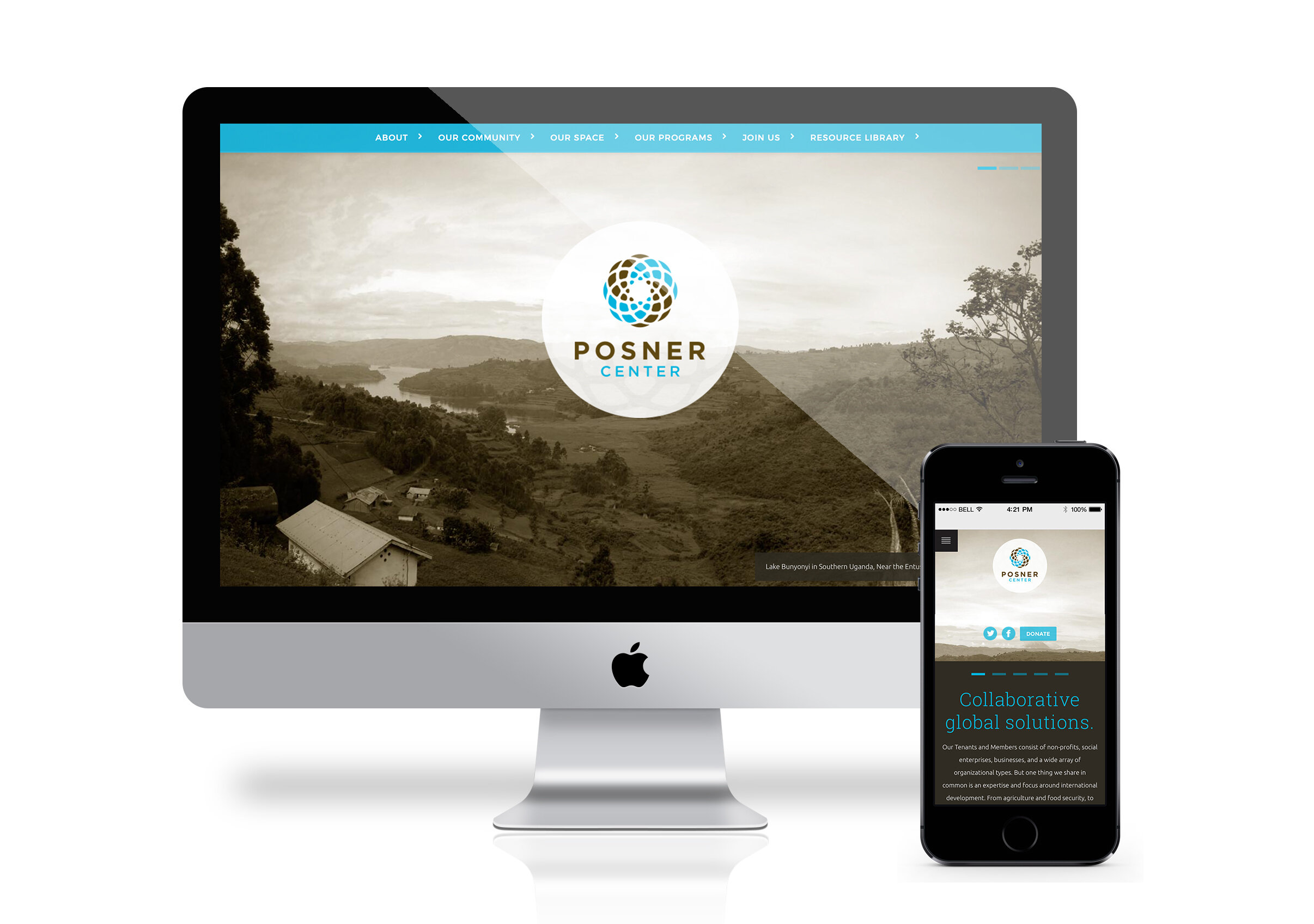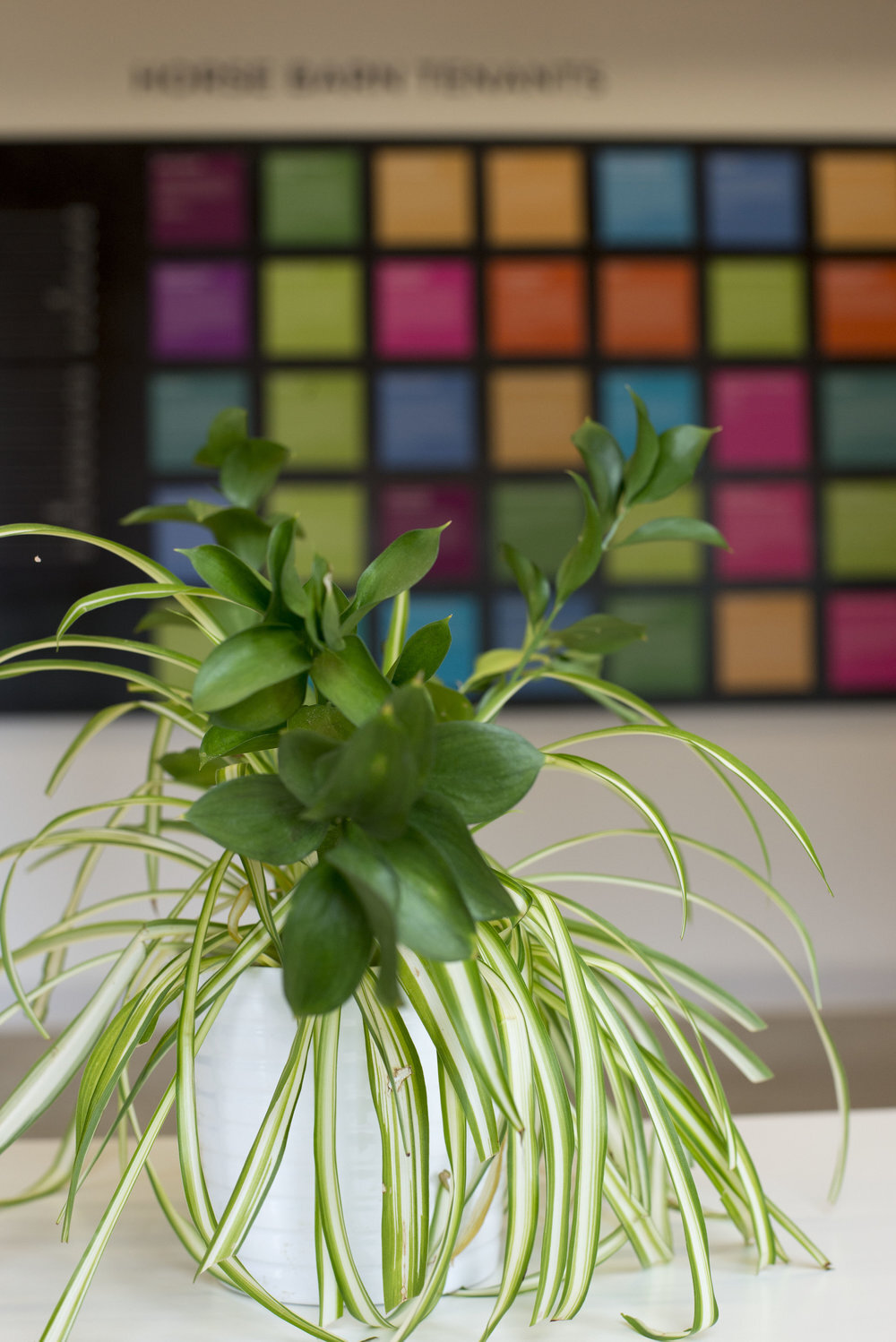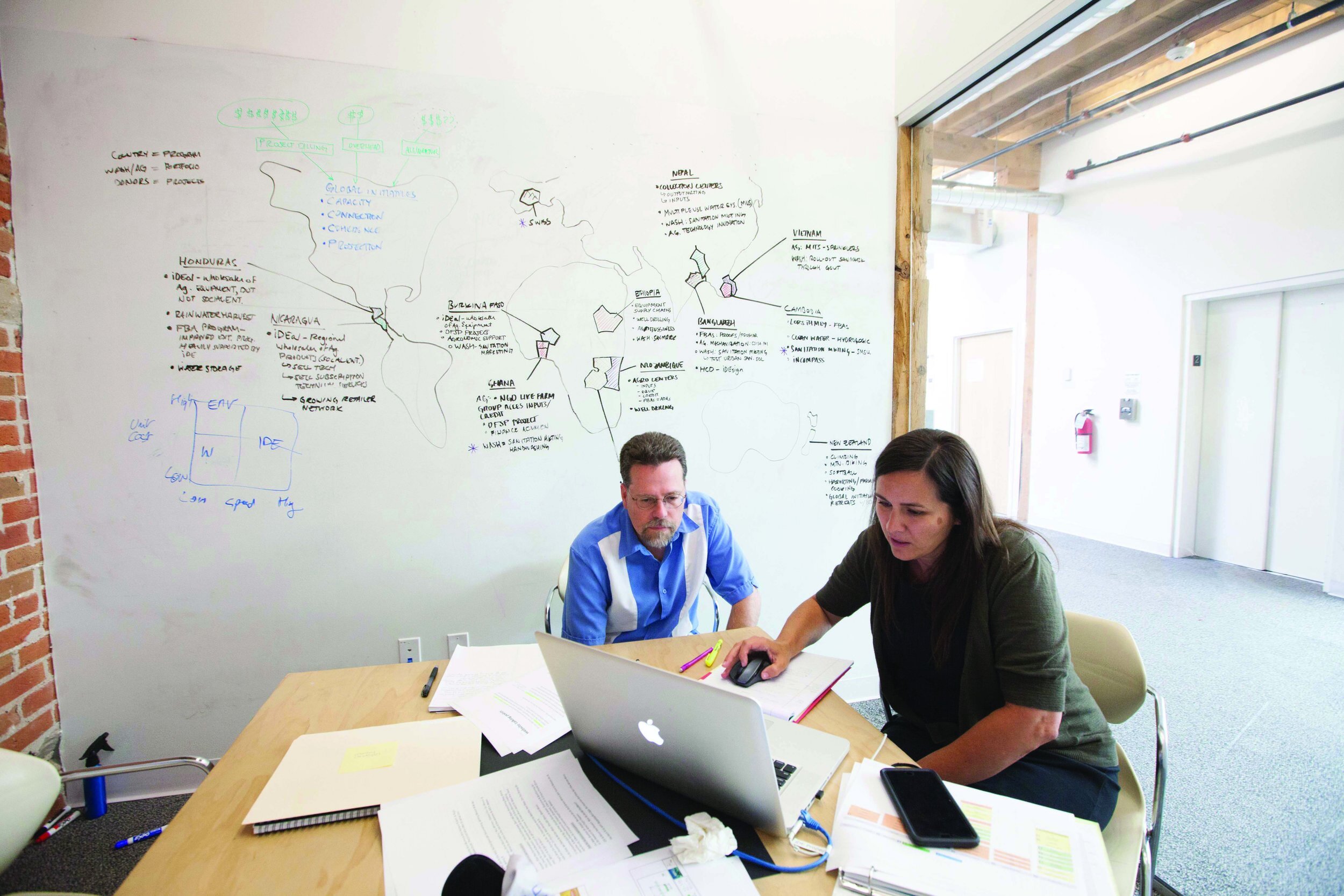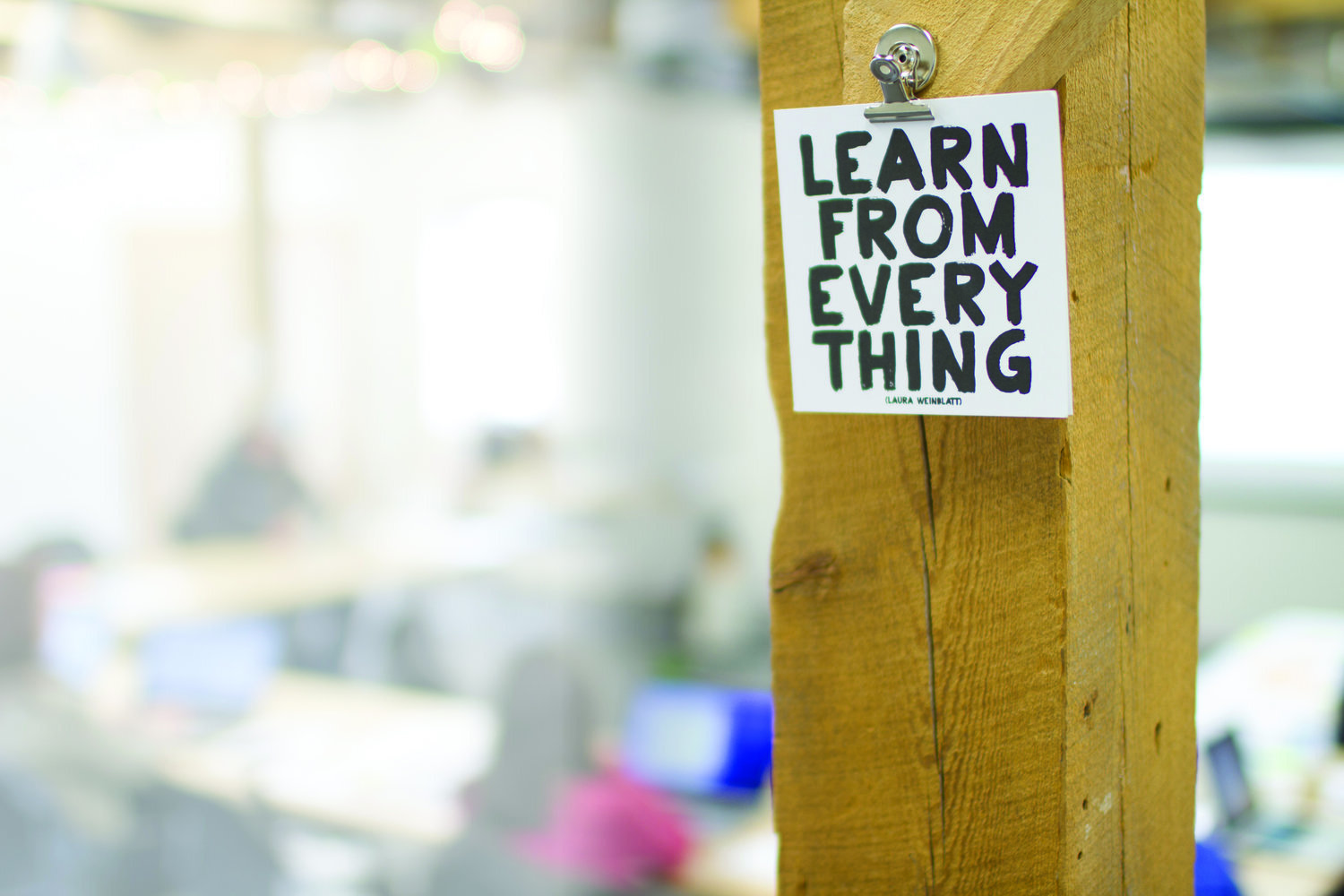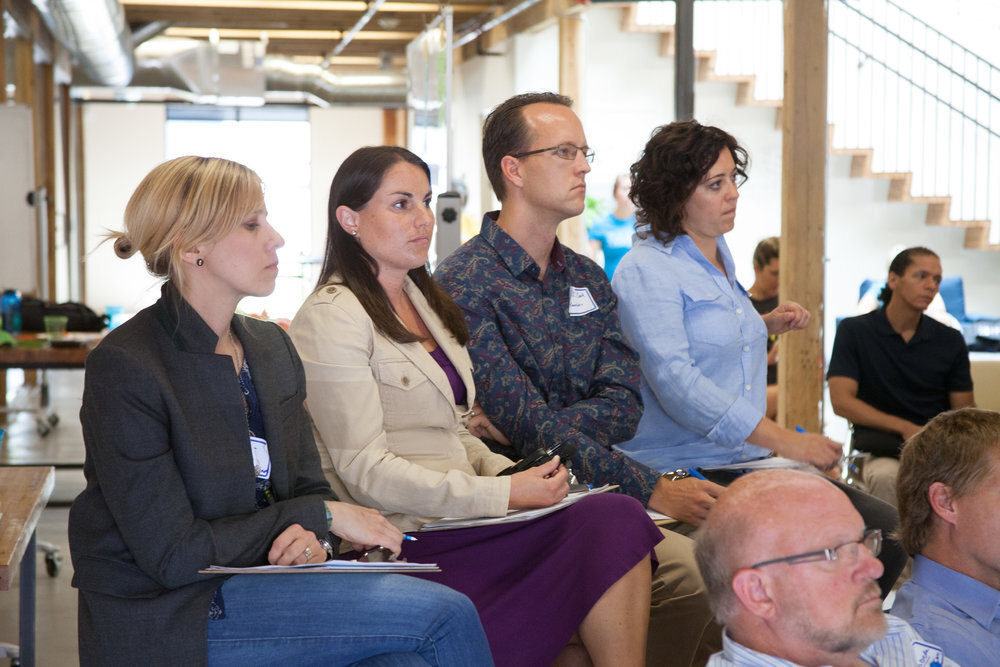The Posner Center
Denver’s first “Community Animator,” at the nation’s first international development coworking space.
The Early Shared Space Movement
The Posner Center is a vertical-specific shared space in Denver, Colorado's historic Horse Barn with a mission to convene, connect, and catalyze the international development community to collaborate for greater impact. As the resident "Community Animator," I spent two years helping to cultivate an environment where collaboration could occur in four primary ways: programming, the creative use of "space" (the building itself), branding, and digital tools, all which helped to facilitate and encourage connection between the nearly 60 organizations that called The Horse Barn home.
As Posner's second employee, I not only served as the Community Animator, I also helped build the foundation for the organization itself. That meant everything from establishing a system for tenants to have coffee every morning, to developing general building policies. We built Posner truly from the ground, up. From an empty building to a thriving community of organizations, working together to tackle issues of global poverty with a shared vision. In the process, I was able to travel the world, visiting other shared spaces to speak on best practices at major conferences, and building partnerships with others who helped us grow.
Below is a small sampling of that work.
Website and Branding
Posner worked with an external design and development firm, Peak Creative, to create its initial website. In the process, I helped lead our team's strategy discussions with Peak, developed the site's navigation for Peak to build out, wrote the majority of all copy across the site, and oversaw maintenance of the site over time, including hiring photographers, editing photos, creating graphics, and updating site content, as needed. So, though my official title was Community Animator, I of course brought my background in branding and design to the role.
Space Design
As the Stanford d.school’s book, “Make Space,” says, you can intentionally manipulate space to ignite creativity and collaboration, and that’s exactly what we were hoping to do at the Posner Center. Here are a few ways we did that.
The Front Lobby & The Commons
I enlisted Daniel Evan Quay to paint his type treatment of the Posner Center tagline, "Collaborative Global Solutions" onto the main lobby wall of the building. This is one of several ways we used the building itself to inspire the community with a collective vision.
Got the TV installed, designed the slides that went on it, managed the build-out of the front desk (a year after we were open), and—as mentioned above—made sure our branding was there to help inspire.
Real plants are hard to keep alive in a shared space, but the place needed greenery. Helped purchase furniture, bought these IKEA plants, and designed the signage displayed behind it—a directory of Posner Center tenants.
When I started my work at Posner, I sat alone in the building's Commons area. It took a lot of work (including getting some mood lighting, turning on music every morning, and running programming), but we eventually saw the area fill with people and activity.
Installing chalkboards and whiteboards throughout the building were another great way we utilized the space to facilitate collaboration.
Here, we worked with Denver chalk artist, Laura Schwamman, on an installation that asked people who passed by: What do you have? What do you need? And, what do you want? We'd frequently note what was up on the wall and use it to draw connections with someone else who had what someone else might have needed or wanted. And, it was a way we were able to use the space to support local artists, hopefully creating an additional sense of connection between our work and the work of our local Denver community.
Here, staff at anchor tenant, iDE, hold a meeting in a Flex Room, where they’ve mapped out meeting notes on the whiteboard wall behind them.
Copywriting and Design
Over time, I had the opportunity to design all of Posner's print collateral, including the brochure below where I also wrote all copy. I also spent a few years after my time on staff designing the Posner Center Annual Report. 2016's version is seen, in part, below.
Video Work
For this video, I wrote the storyboard, developed the language, and designed the opening and closing slides. We then worked with one of Posner's close friends, Erin Preston, to film and edit the final video for release.
Speaking Engagements, Travel, and Shared Space Leadership
While at Posner, I was privileged to speak at our own events and at events and conferences across North America. At the 2015 Nonprofit Centers Network Building Opportunities Conference in Vancouver, I spoke on two panels, one related to community animation and the other on "Branding Your Shared Space." I also got a chance to travel to Toronto, New York, and San Francisco on solo trips to see other shared spaces in action.
Working in close partnership with the Nonprofit Centers Network, the premiere learning community for nonprofit shared space, services, and social purpose real estate, I also acted as lead advisor for The Collaboration Project: Tested Strategies to Build Collaboration in Shared Spaces, a seminal project led by their team.
Over the course of three years, I also served as a Board Member for the Denver Shared Spaces Project (now part of Radian | Placematters), where I engaged in governance, visioning, and general oversight for the comprehensive strategy of DSSP, which helped to support nonprofit organizations in the creation of multi-tenant centers. And, I helped co-facilitate several training sessions on community animation and various other aspects of running a shared space while part of the Board.
A Global Hackathon
Shortly before leaving Posner, I created a signature event, the Posner Poverty Hack. International development is complex and organizations do not always posses all of the skills and tools needed to address challenges in communities where they work. The first-ever Posner Poverty Hack, a unique take on a traditional “hackathon” format, brought people from across sectors and geographies together to collaborate in teams and come up with solutions for real challenges faced by Tenant organizations in their field work. Forty-seven participants—with expertise in areas ranging from business, to technology, to government—hacked solutions and competed to be selected as the best, most feasible solution. Members of the winning team received prizes and the Posner Center secured funding and consulting work for the winning tenant organization (Comunidades Unidas Peru) to take its proposed solution from idea to implementation.
